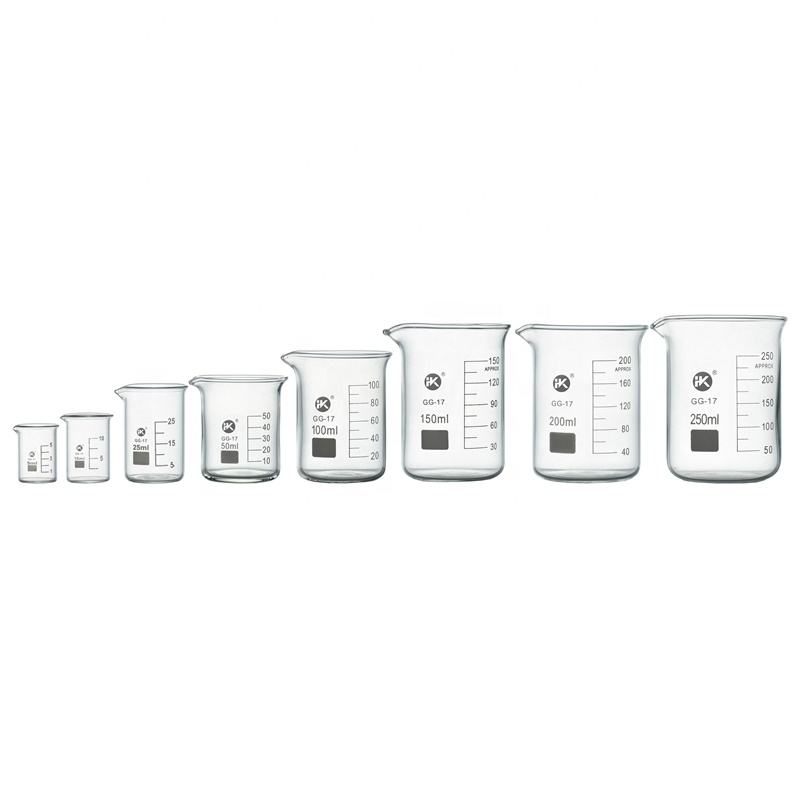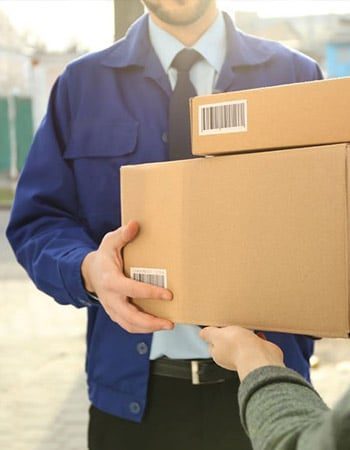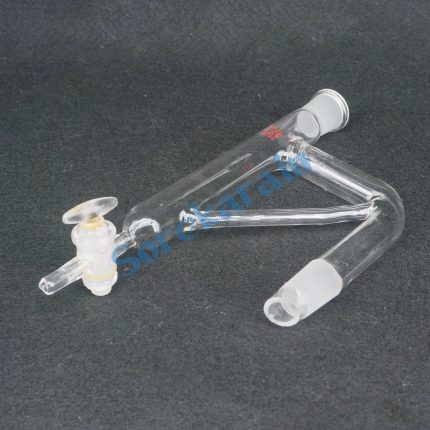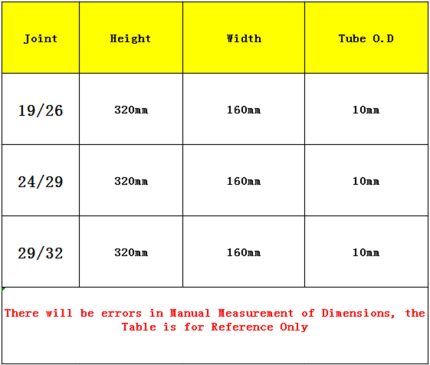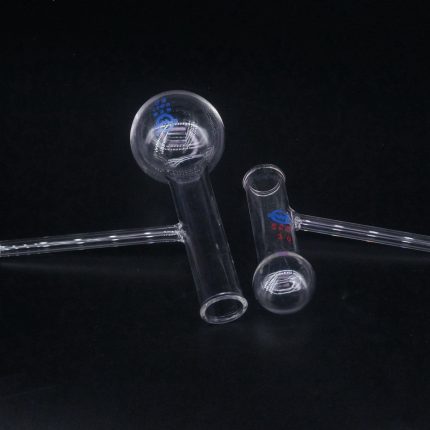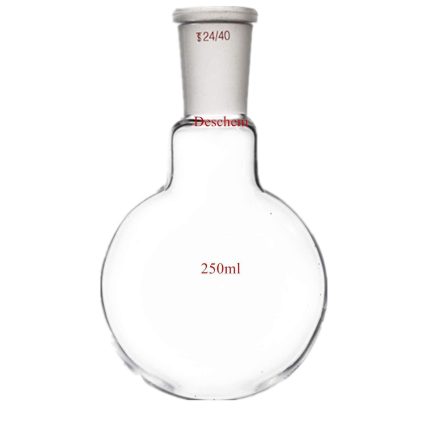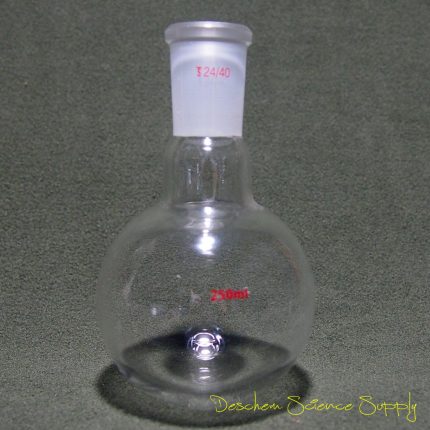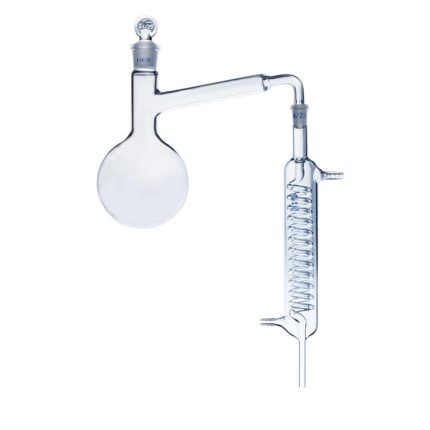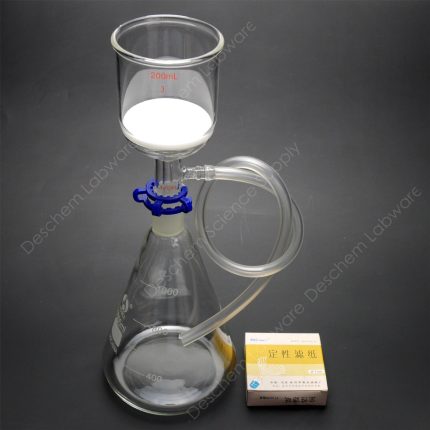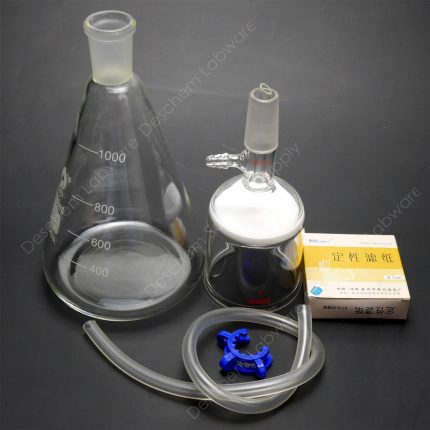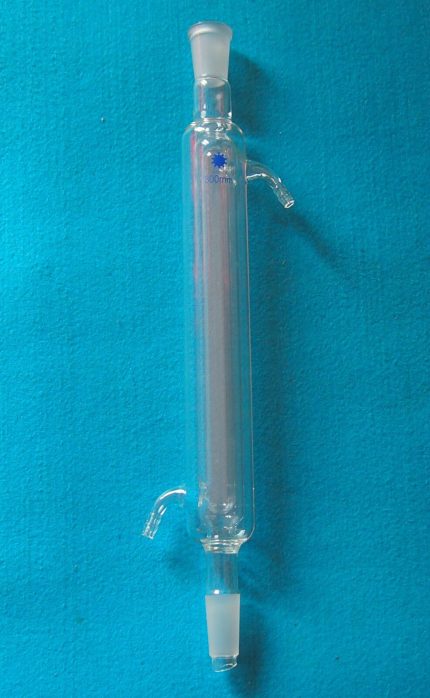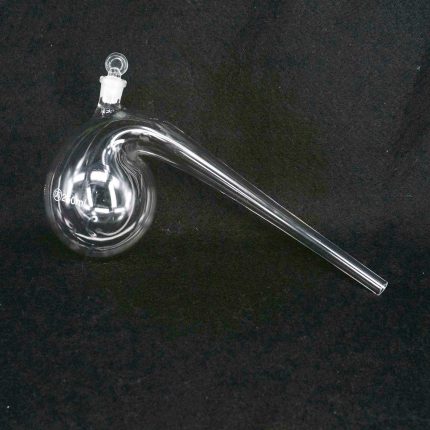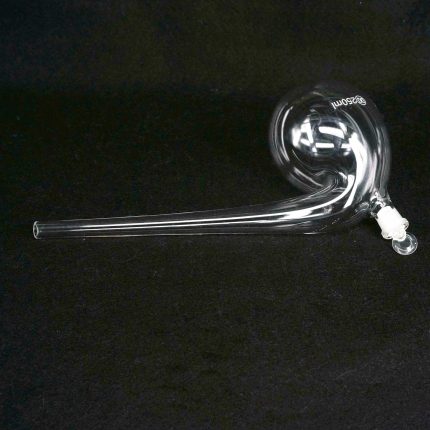Glass beaker is made of high quality borosilicate 3.3 glass, it has low thermal expansion coefficient. It’s widely used in laboratory, chemistry and school experiment. Every beaker has a clear printed white graduation line.
High boron Glass beakers laboratory 25ml beaker with measuring scale
Beakers are often graduated, that is, marked on the side with lines indicating the volume contained. For instance, a 250 mL beaker
might be marked with lines to indicate 50, 100, 150, 200, and 250 mL of volume. These marks are not intended for obtaining a
precise measurement of volume (a graduated cylinder or a volumetric flask would be a more appropriate instrument for such a task),
but rather an estimation. Most beakers are accurate to within ~10%.
Small experimental knowledge
A beaker is used as a reaction vessel for arranging a solution at room temperature or under heating, dissolving a substance and a relatively large amount of a substance.
1. When heating the beaker, place an asbestos net to evenly heat. Do not directly heat the beaker with flame. The outer wall of the beaker needs to be dried when heated.
2. For dissolution, the amount of liquid does not exceed 1/3 of the volume, and it is necessary to stir with a glass rod. Do not touch the bottom of the cup and the wall of the cup while the glass rod is being stirred.
3. When used for liquid heating, do not exceed 2/3 of the beaker volume, generally 1/3 is suitable.
4. When heating corrosive drugs, cover the surface of the cup on the cup to prevent liquid spillage.
5. Do not use a beaker to hold chemicals for a long time to prevent dust from falling in, or evaporation of water.
6. Do not use a beaker to measure the liquid.
